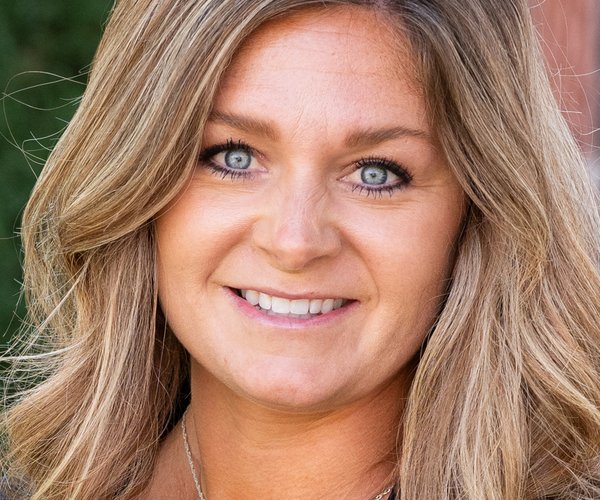September is the best time to give cool-season grasses in Kansas a boost, but homeowners should take note of an important fact before choosing which variety to plant.
Not all grass seed is created equal.
Kansas State University horticulture expert Cynthia Domenghini urges homeowners to read the label on the bag of seed before re-seeding the lawn.
“Depending on the seed quality,” she said, “you could be planting weeds along with the desired grass.”
She adds: “Check the percentage of weed seed listed. This will tell you how much weed you will be introducing if you plant this seed mix. For example, if this number is 0.5% weed seed, approximately 12-16 weeds will be planted per square foot.”
Domenghini suggests looking for seed that lists weed seed at less than 0.01%, but 0% is best.
“Check the listing for ‘Other Crop’ on the label, as well, and choose a grass seed with a low percentage,” Domenghini said, noting that ‘Other Crop’ includes any species grown intentionally such as turf and pasture grasses.
Some species of grassy weeds qualify as ‘Other Crop’ and legally do not have to be named if they constitute less than 5% of the contents. ‘Other Crop’ can also include more desirable species that won’t impact the lawn.
“But,” Domenghini notes, “without knowing what is included, it’s best to choose a seed where this number is as close to zero as possible. Quality seed typically has 0.01% ‘Other Crop’ or less.”
Domenghini shared more tips for seeding fall lawns:
Seeding new lawns
• Use recommended seeding rates and distribute well. Seeding at a rate higher than recommended can cause issues with disease and environmental stress.
• Good seed to soil contact is critical. Aeration prior to seeding is one way to promote this. Topdressing and raking to cover seed are other good methods.
• Light, frequent irrigation is necessary the first few weeks after planting and may be required several times daily. Soil should remain moist, but not waterlogged.
• Minimize traffic on the area until seedlings are ready to be mowed. Begin mowing once seedlings reach 3-4 inches tall.
Overseeding an existing lawn
• Prior to planting, mow the area low (1 to 1 ½ inches) to reduce competition with seedlings and help improve seed contact with soil.
• Water light, but often, keeping soil moist but not waterlogged.
Fertilize cool-season grasses
• Use a quick-release source of nitrogen.
• Apply 1 to 1 ½ pounds of actual nitrogen per 1,000 square feet.
Core-aerating
• Soil should be moist, but not saturated.
• Holes should be 2-3 inches apart and 2 ½ to 3 inches deep.
• Cores can be left on surface and will break down naturally.
Alicia Boor is the Agriculture and Natural Resources agent with K-State Research and Extension – Cottonwood District. Contact her by email at aboor@ksu.eduor call 620-793-1910.





